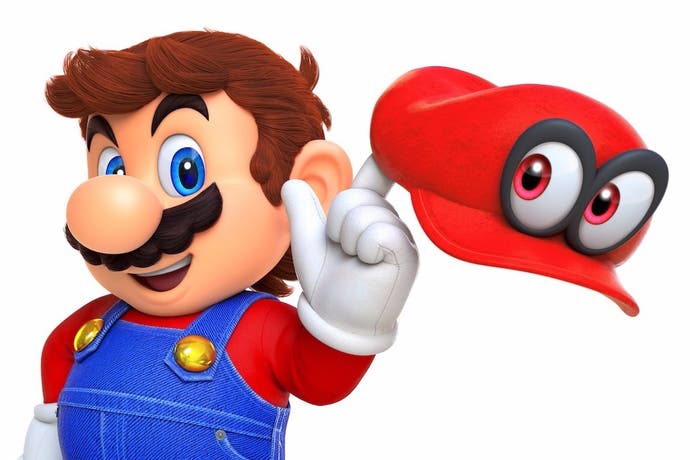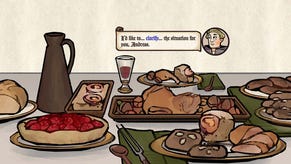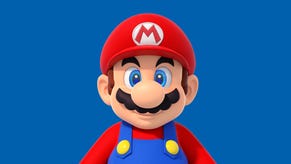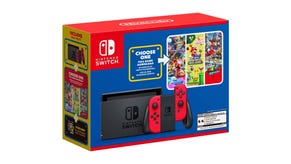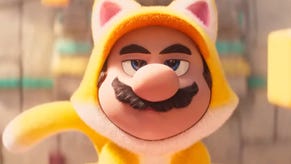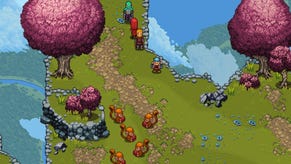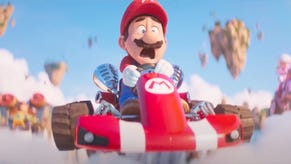Super Mario Odyssey review
Highway 64 revisited.
In a year when Nintendo has launched a new concept in game consoles alongside editions of its most treasured series, Zelda and Mario, it's been tempting to draw a line between the two games and dare to hope that Super Mario Odyssey could be as bracing a reinvention as The Legend of Zelda: Breath of the Wild. The narrative of Switch's launch year asserts itself: it is a time of rebirth at Nintendo, when conventions are swept aside and we can experience the magic as if for the first time.
This is not a hope that Super Mario Odyssey can fulfil. That's not because it isn't a wonderful, continually surprising, never-not-novel game - it very much is. It's because the comparison relies on a false equivalence between the two series. Zelda is about tradition, about patterns, about repetition, and its appeal is bound up in the graceful, orderly symmetry of its design. To rip that up and start again was daring indeed. Mario, on the other hand, is a series of relentless forward momentum and anarchic non-sequitur, where traditions only exist to be subverted. Zelda and Mario represent order and chaos, ego and id - and you can't reinvent something which is constantly reinventing itself.
So there's both freshness and nostalgia to be found in Odyssey, which resurfaces a dormant mutation of Mario, only previously seen in full effect in 2002's Super Mario Sunshine and 1996's epochal Super Mario 64. This Mario is defined by open, 'sandbox' levels stuffed with secrets and multiple goals that do not necessarily need to be attempted in order, but that sometimes change the context of the level when you complete them. Odyssey expands this structure without fundamentally altering it. After so long away, it feels refreshing and startlingly modern in its freedom, just like Breath of the Wild - and yet this approach was nailed by Shigeru Miyamoto, in his first attempt at designing games in 3D, over 20 years ago. If anything, Odyssey serves to underline just how radical a design Super Mario 64 was - and still is.
This isn't Miyamoto's game, though. It's directed by Kenta Motokura, a young turk by Nintendo's standards, and produced by Yoshiaki Koizumi, who directed Sunshine and Super Mario Galaxy and was the leading light at the offshoot Tokyo EAD studio which has stewarded 3D Mario games for the past decade or so. For Koizumi, Odyssey must feel like coming full circle. After Sunshine's uneven attempt to follow the unfollowable 64, he took Mario in two very different directions. Super Mario Galaxy and its sequel shot Mario into outer space and atomised its levels into sequences of tiny, wraparound planetoids. Later, inspired by the huge success of the nostalgic New Super Mario Bros series, Super Mario 3D Land and 3D World sought to pen the freewheeling spirit of 3D Mario within the linear, storybook structure of the classic 2D games. They were beautifully polished and accessible games, stuffed with brilliant ideas, yet something had been lost.
Several things, in fact: anarchy, freedom, surprise, the shock of the new. These used to be the qualities that Super Mario stood for, before Nintendo turned its mascot's games into a heritage industry. Now, thanks to Odyssey, they are again.
That doesn't come without cost. To give a specific example, there's the camera. Creating a reliable camera for viewing a game which requires acrobatic movement in complex, perilous 3D spaces has always been difficult. The Tokyo EAD games worked around it, first by making the levels spherical, ensuring you always had a decent view, and then by pulling them out into strips and looking down on them from lofty, quasi-isometric angles. Odyssey - in this as in so many things - just shrugs and embraces the chaos. The camera has quirks, it requires a lot of input from the player, and sometimes - rarely, but sometimes - it just can't cope with Mario's exuberant movement and the extreme geometry of the levels, and it lets you down. So it goes. It's worth it.
This is symptomatic of the game as a whole. There's an untidiness to Super Mario Odyssey, an unruly side, which comes as a surprise after the immaculate presentation of every other Mario game since Sunshine.
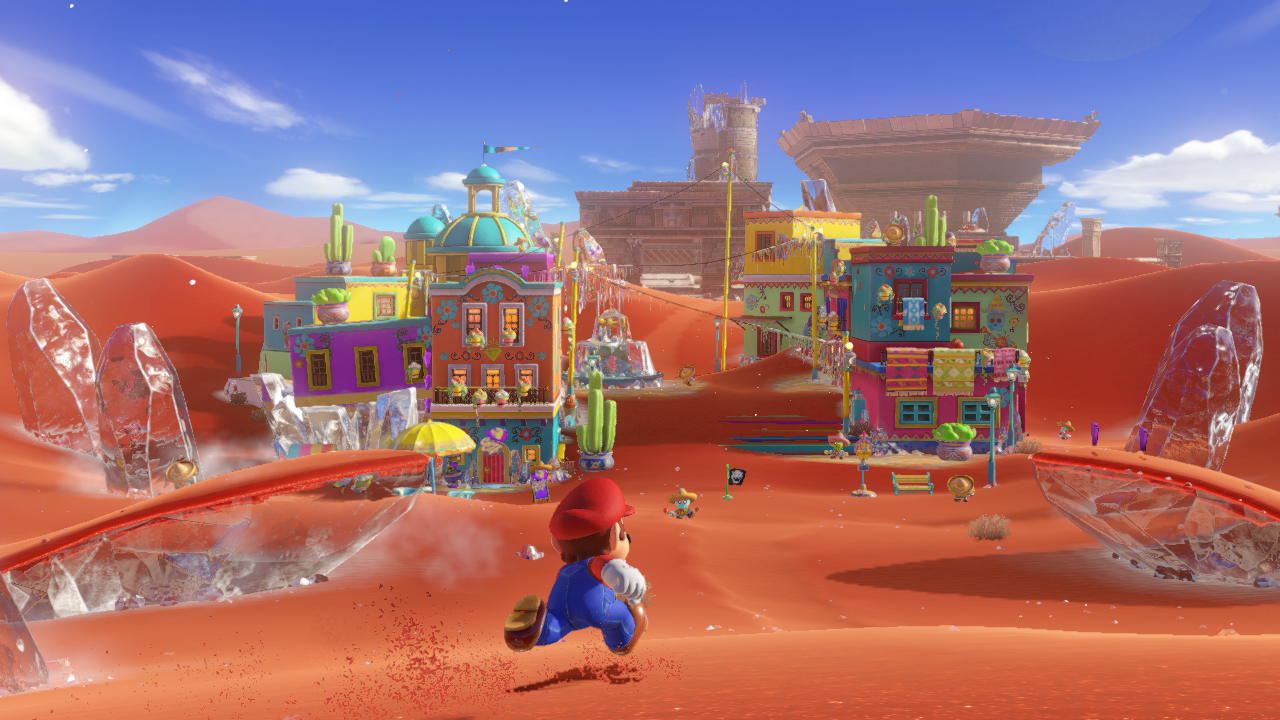
Thematically, it's all over the place. Bowser has kidnapped Peach again and is organising their wedding (more, it seems, to make Mario jealous than out of a burning desire for the Princess, but that's a can of worms we'll leave unopened for now). Mario teams up with a sentient hat called Capy which allows him to inhabit and control enemies and objects, and they pursue the unhappy couple around a globe that looks like Earth. This confusing world encompasses standard-issue toon realities (worlds of water and snow peopled by talking fish and bears) as well as more stylistically adventurous ones, such as a red desert which mixes ancient ziggurats with with the Mexican day of the dead, a forest grown within a malfunctioning robotic biosphere, and the vaguely steampunk-gothic homeland of Capy's kind, who fly airships shaped like top hats, furnished with plump armchairs. Then there are the postmodern 8-bit interludes, in which Mario enters flat surfaces within these worlds and becomes the NES-era sprite of himself, and the pure abstraction of the special platforming stages, in which plain, brightly coloured blocks hang suspended in misty nothingness.
Most bizarre are the quasi-realistic worlds, especially New Donk City, an alternative New York defined by crude, if knowing, clichés (trilbies, show tunes, yellow cabs) - and, it would seem, built out of discarded art assets from old Dreamcast games. It's great fun to send Mario careering among the skyscrapers, but aesthetically speaking, it's a hot mess. At the other end of the scale you find the glorious Luncheon Kingdom: a food-themed world inhabited by fork-people in chef hats, where everything bubbles and glows with rich, intoxicating cartoon texture. As a whole, though, Super Mario Odyssey barely has a consistent art style at all, unless you count the iconic furniture of a Mario game - question blocks, Goombas - scattered incongruously through the whole thing.
It's often said that Mario games, as weird as they are, obey a mad kind of internal logic. Odyssey tests that theory to the limit. But does it matter? There's something joyous about how haphazard it is; it recalls the heedless days of the early arcade, when consistent world-building wasn't a consideration and giant fruit were appropriate in any setting. It's only a messy game because it contains more outlandish concepts than could ever be tidied up.
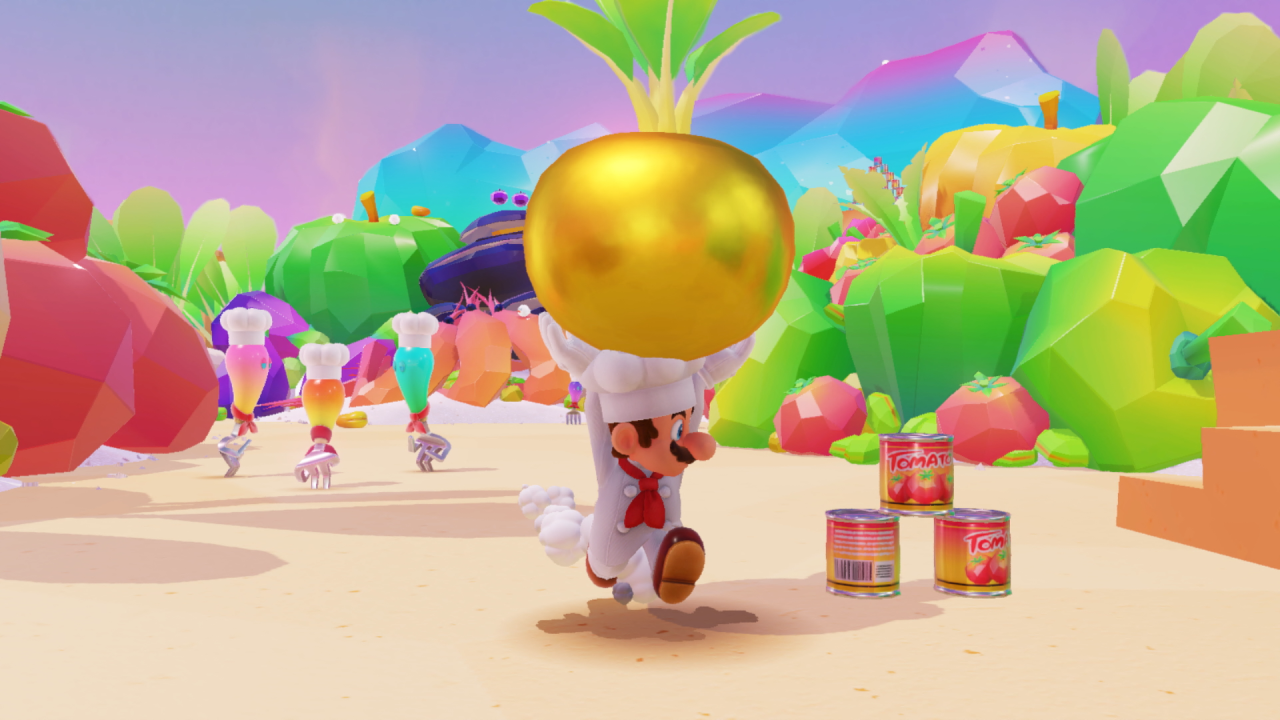
As well as being messy, Super Mario Odyssey is copious and brisk. If you've played 64 or Sunshine, you'll be familiar with the structure. Each zone, or kingdom, is a large, open-plan level containing many scenarios, challenges and mysteries. Complete or solve these and you're rewarded with Power Moons. At a certain number of moons, you can progress to the next kingdom (they repair and fuel Capy's airship, the Odyssey, for its next flight), but there are always more moons still to be found in the kingdom that you're leaving. So you can choose to conscientiously complete everything you can find on your way to the traditional confrontation with Bowser, or you can race through the storyline in a third of the time and then revisit earlier kingdoms to mop up.
Moons come thick and fast, and there are a lot of them, dozens in each zone. Some are rewards for tough sections - it wouldn't be a Mario game if it didn't get hard - but many more are well hidden or seemingly placed out of reach. Overall, this is much less a game about tuned challenge than it is about exploring, following your nose, combing the landscape for secrets and exploring the boundaries of possibility. As ever in Mario, the designers' ingenuity in staying one step ahead of you - and to the side, and behind, and above and below, and inside and outside and around the corner - beggars belief. They always know where you won't look and what you won't think to do. Perversely, they also know how to get you to look there and do it.
It's impossible not to get sidetracked; every moment of curiosity or daring is rewarded. You'll feel like you're making rapid progress, but don't worry about burning through the game too quickly. Completing any of the kingdoms is a major task. If you know Mario games you will know that beating Bowser isn't the end, but even veterans will be surprised and delighted by Super Mario Odyssey's sudden and expansive flowering in a shower of unlocks after the credits. There is much more than you will have dared hope for, including much that is entirely new, and the game is arguably at its best after you've 'finished' it.
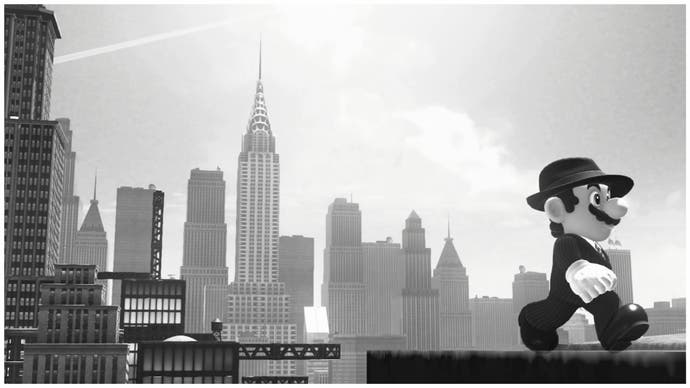
Or perhaps, like any Mario game, it's best at the start, as you get to grips with Mario's new abilities and relearn his old ones, taming his elastic antics and rubber-ball momentum until you can make his movement sing to a soundtrack of whoops, yelps and the urgent patter of his feet. Odyssey offers almost the full Mario 64 moveset - long jump, triple jump, ground pound, backflip, side somersault - and adds a couple of great new additions; a high-speed roll, best used downhill, and a tricksy cap jump which uses Capy as a temporary platform. These can all be combined in thrilling sequences, and you'll be deep into the game before you feel like you have true mastery of his moves.
There is no other game series in which just moving around is so much fun. The physical controls are impeccably tight - so it's a shame the same can't be said of the few gesture controls. These are limited to simple flicks and, mostly, to useful but entirely optional cap maneuvers, such as throwing Capy in a spiral around Mario. (Tossing Capy is the default way to interact with objects and attack enemies in the game; it's easy and feels good. Not since the turnip-tossing Super Mario Bros 2 has Mario spent so little time jumping on enemies' heads.) The gestures are a little sluggish and unreliable, and although they do work (ish) on a Pro Controller, they are inaccessible when playing with the Joy-con clipped to the Switch in portable mode. It's frustrating - and very unlike Nintendo's record with Switch to date - to feel like the game's full toolset isn't available to you in every play scenario.
Odyssey's chief gimmick is Capy's capture power, which fills the role normally occupied by power-up items: transformation. In this, it goes far further than power-ups ever have. Mario can possess 50-odd entities in the game, adorning them with his signature cap and moustache, including classic enemies, exciting new ones and inanimate objects. There's a wonderful range of possibilities here: control a Goomba and jump on others until you form a teetering stack; inhabit a stone head wearing cheap shades to see the world differently; stretch the body of a Tropical Wiggler to reach round corners (to the sound of an accordion wheeze); become a spark of electricity, a bubble of lava, or a zip. Switching characters' abilities to solve puzzles and challenges is hardly an innovation in platform games, but I don't think it has ever been done with this breadth of imagination and playful wit.
Super Mario Odyssey has been put together with such generous abandon that you do wonder if quality can help but give way to quantity. Maybe it does, a little. Sometimes you will come across an idea that strikes you as ordinary, that you might have seen before somewhere else, or that hasn't been polished to the jewel-like perfection it might have attained in Super Mario Galaxy, say. But that is only true by the standards of other Mario games, and neither is it entirely a bad thing. When designers have flawlessness as their goal, the path leads through diminishing returns to something as gorgeous yet disappointingly sane - almost sensible - as Super Mario 3D World. Mario's makers really needed to let their hair down like this.
Besides, there is nothing like a new Super Mario to remind you that there is no other studio that can make games like this. Jump on a tomato in the Luncheon Kingdom and watch how it splats out into a sizzling hot pool of sauce; ride a Jaxi, a stone steed as fast as a rocket, and watch the way it scrabbles frantically at the ground as you try to rein in its boundless speed. Then release it - whee! The happy revelry that has gone into the making of this nonsensical world is infectious, while the return to the open design of Super Mario 64 has freed all that gleeful energy in a sloppily explosive burst. To many people, Mario is video games. To play Super Mario Odyssey is to remember why that is.
